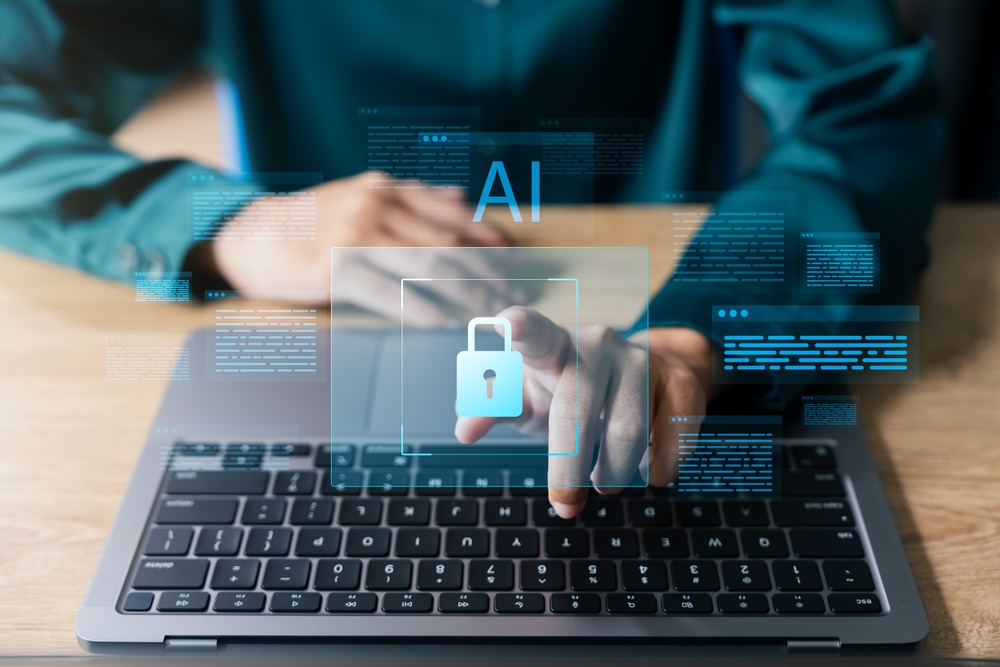I feel like we’ve got just about every cybersecurity defense in place, and they’re all working great! But even this week, I almost fell for a scam. That’s a wake-up call, right? We’ve got to keep reminding people to stay alert because the bad guys are getting smarter at tricking us. No matter how strong our tech is, if someone lets them in, it’s game over. That’s why keeping our employees sharp is so important.
With technology running so much of our daily work, cybersecurity training isn’t just a nice-to-have – it’s a must. Human mistakes and clever social engineering scams are some of the biggest reasons companies get hacked. The best way to fight back? Make sure our people know what to watch for.
Why It’s So Important
Here’s why cybersecurity training is a game changer for protecting your organization.
- Stopping the Sneaky Stuff: Training teaches employees how to spot scams like phishing emails and malware before they cause damage.
- Safe at Home & On the Go: It educates people how to use devices securely, whether they’re working from home or on public Wi-Fi.
- Making Security Second Nature: It builds a culture where being security-savvy is just part of how we do business.
How Often Should We Do Training?
Let’s take a look at what the experts recommend.
Annual Training as a Baseline
Most cybersecurity pros agree that organizations should conduct cybersecurity training at least once a year. This annual training serves as a baseline to ensure that all employees are aware of the latest threats and best practices. It helps to reinforce the importance of cybersecurity and provides a comprehensive overview of the current threat landscape.
More Frequent Training for High-Risk Industries
For organizations in high-risk industries that handle extremely sensitive data (such as finance, healthcare, and government) more frequent training is necessary. Simply put, the sensitive nature of the data they work with makes them prime targets for cyberattacks. Experts suggest that these types of sectors conduct cybersecurity training bi-annually at a minimum, preferably quarterly.
Ongoing Education and Updates
In addition to scheduled training sessions, the pros emphasize the importance of ongoing education. Cybersecurity is a rapidly changing field, with new threats emerging regularly. Organizations should provide continuous updates through newsletters, webinars, or short training modules. This approach ensures that employees remain informed about the latest threats and how to mitigate them.
Beyond Basic Training
In addition to regular staff cybersecurity training, experts also recommend incorporating practical exercises, such as simulated phishing attacks, into the training regimen. These exercises help to test employees’ knowledge and readiness, identify areas for improvement, and reinforce the importance of cybersecurity practices. By combining regular training with practical exercises, organizations can foster a robust cybersecurity culture.
An Investment in Your Future
Bottom line: The more you invest in cybersecurity training, the better equipped your teams will be to keep sensitive data safe and stop threats in their tracks. Staying proactive and providing continuous education and awareness campaigns is truly the only way to protect your organization from the ever-evolving world of cybercrime.





0 Comments